by Holly Johnson
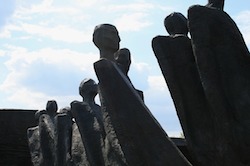 The month of May in many locations heralds the return of spring and the renewed energy of insects, birds, and animals. They forage throughout their landscapes, spreading and scattering seeds, nuts, and pollen as they travel. With their movement, they create a natural diaspora that spreads life to new locations that may be appreciated or rejected, depending on how that new life is perceived by the environment in which it starts to grow. Similar to this natural diaspora and subsequent outcomes in the new environment, human diaspora also interjects lives and situations that are either appreciated or resented within the new environment with treatment similar in replication to that which is found in the natural world. Yet, all too often, human diaspora is not “natural” but rather forced as part of horrific circumstances generated by other human beings who do not recognize the humanity of those they have displaced, mistreated, or killed. Continue reading
The month of May in many locations heralds the return of spring and the renewed energy of insects, birds, and animals. They forage throughout their landscapes, spreading and scattering seeds, nuts, and pollen as they travel. With their movement, they create a natural diaspora that spreads life to new locations that may be appreciated or rejected, depending on how that new life is perceived by the environment in which it starts to grow. Similar to this natural diaspora and subsequent outcomes in the new environment, human diaspora also interjects lives and situations that are either appreciated or resented within the new environment with treatment similar in replication to that which is found in the natural world. Yet, all too often, human diaspora is not “natural” but rather forced as part of horrific circumstances generated by other human beings who do not recognize the humanity of those they have displaced, mistreated, or killed. Continue reading



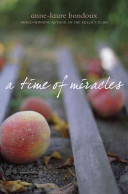
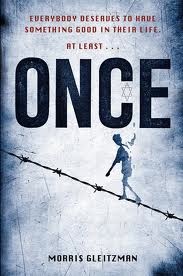


 Because I like to travel, as I mentioned in my last post, geography has become of real interest to me. How can we engage international literature without thinking about geography?
Because I like to travel, as I mentioned in my last post, geography has become of real interest to me. How can we engage international literature without thinking about geography?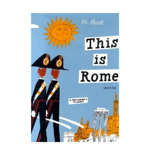 First, I like reading about where I have been. The reading is enriched when I can picture it. I pull the images from my memory to help envision the world to which the author has led me. Secondly, the reading enriches my experience of the places I have traveled. It’s also great to find books to read about a place—whether fiction or informational—when planning to travel in it. Some fun texts for cities across the globe are the Miroslav Sasek series such as This is London and This is Rome. These books were written in the 1960s and 1970s, but have “this is today” excerpts that help students see how cities change over time.
First, I like reading about where I have been. The reading is enriched when I can picture it. I pull the images from my memory to help envision the world to which the author has led me. Secondly, the reading enriches my experience of the places I have traveled. It’s also great to find books to read about a place—whether fiction or informational—when planning to travel in it. Some fun texts for cities across the globe are the Miroslav Sasek series such as This is London and This is Rome. These books were written in the 1960s and 1970s, but have “this is today” excerpts that help students see how cities change over time.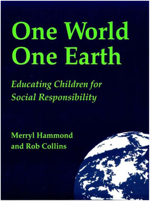 If you ask me what I came to do in the world, I, an artist, will answer you: I came here to live out loud. — Emile Zola
If you ask me what I came to do in the world, I, an artist, will answer you: I came here to live out loud. — Emile Zola